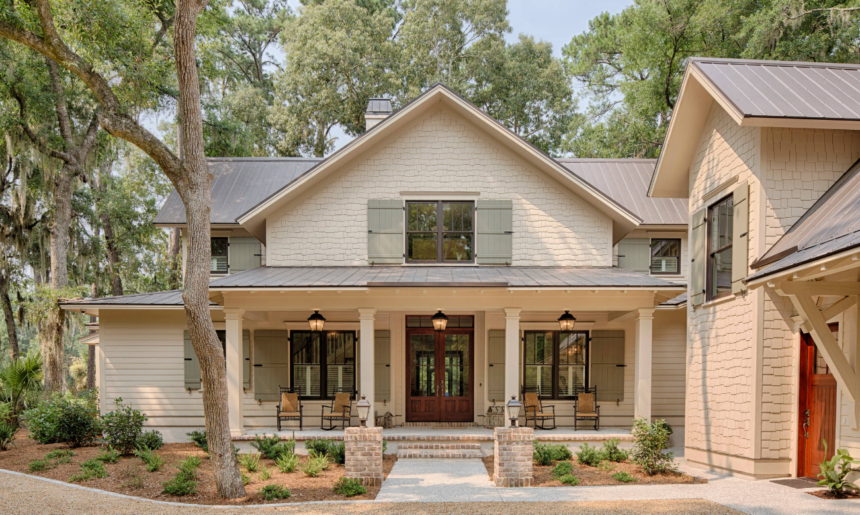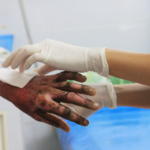Owning a home can be a wonderful experience for you and your family, but it comes with responsibilities that extend beyond paying the mortgage and keeping up with maintenance. One critical detail many homeowners overlook is the legal liability related to injuries sustained on the property. Unfortunately, in many states, this applies even to uninvited guests, like trespassers.
Let’s take a look at some of the hidden dangers of owning a home that make you liable for things you may not have considered.
Premises liability is a big deal
You have a legal responsibility to maintain a safe environment for visitors. If someone is injured because of unsafe conditions, you can be held responsible. This includes common issues, like slippery decks and walkways, broken stairs, and bad lighting. The key factor in determining liability is negligence.
Property owners are legally responsible for hazards on their properties, and are required to either fix issues or warn visitors about dangerous conditions. However, that doesn’t always happen. It’s common for visitors, including service professionals, to become injured because a homeowner put off or ignored a dangerous problem. If you knew or should have known about a hazard and failed to address it, you could be liable for injuries.
Common hazards that lead to slip-and-fall lawsuits:
When you own a home, there are a handful of common issues that can turn into a slip-and-fall lawsuit:
· Wet floors
· Icy walkways or decks
· Uneven surfaces, like cracked or sinking concrete
· Poor lighting that obscures hazards
· Outdoor extension cords in walkways
· Shovels and other tools lying around
· Broken stairs
· Loose railings
· Damaged flooring
· Unfenced swimming pools
All of these issues might be easy for you to work around until you can get them fixed, but they will pose an immediate hazard to your guests. Addressing these issues promptly will help you avoid lawsuits.
Licensed and bonded contractors can still sue you
There’s a good chance you can be held legally responsible for injuries sustained by fully insured or bonded contractors who do work for you. If you fail to disclose a known hazard, or they become injured because of your negligence, you might be held responsible. Their insurance or bond will take care of their immediate medical bills, but they can still sue you in some cases.
The attractive nuisance doctrine can be problematic
One of the most shocking things homeowners learn is that they can be liable for injuries to people who are drawn to hazardous objects on their property. For example, if a child sees a trampoline, abandoned appliance, or construction equipment on your property and trespasses to play with the hazard, the parents can sue you for the child’s injuries. It’s your legal duty to secure your property to keep people out. Depending on what you have lying around, you might need to build a secure fence.
Homeowners insurance can help in limited ways
When you have homeowners insurance, you have personal liability coverage, but limits vary and certain incidents are often excluded from policies. For example, dog bites, neglect, intentional damage, riots, civil commotions, and damage caused by specific dog breeds are commonly excluded. If your dog happens to bite someone while they’re visiting, you will probably need to pay the judgment out of pocket. It’s generally a good idea to get umbrella insurance for more coverage.
4 Ways to prevent injury to your guests
Although some unavoidable situations can become serious hazards, it’s not hard to prevent injuries. Here’s what you can do.
1. Address hazards immediately
Whether it’s a slippery walkway or a pit around a tree stump, make plans to fix it immediately and follow through.
2. Warn people about hazards before they enter your property
If you’re getting a repair done, tell the repair person about any hazards they may encounter while they do their job. Remind them anytime they start walking near the hazard.
3. Section off the hazard
If you’ve got a giant pit on your property, or a tree stump that isn’t that visible, put up some bright orange cones and rope it off.
4. Fix hazards properly
Sometimes bandage solutions aren’t good enough and can actually pose an equal safety risk. Fix hazards correctly the first time around.
Embrace all homeowner responsibilities
Although your home is meant to be enjoyed, it comes with a range of legal responsibilities designed to protect anyone who visits your property. By proactively managing your obligations to maintain a safe environment, you can minimize the risk of getting sued.














